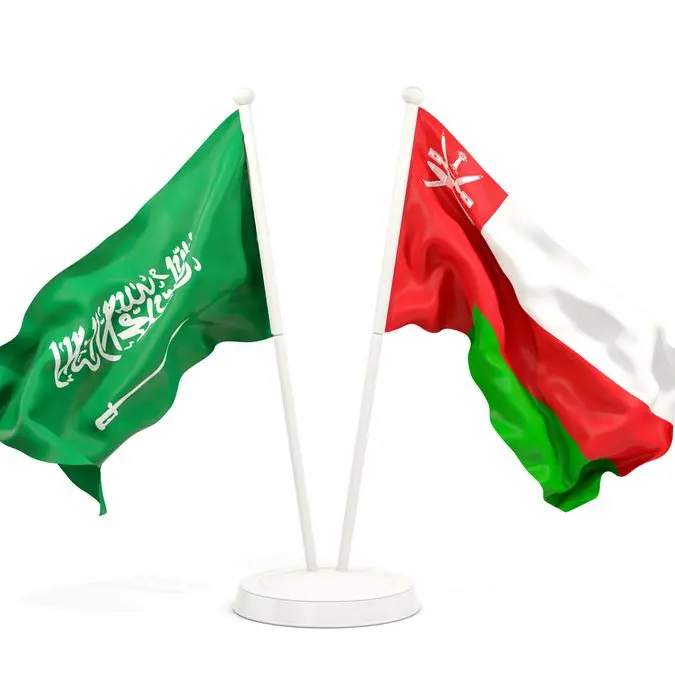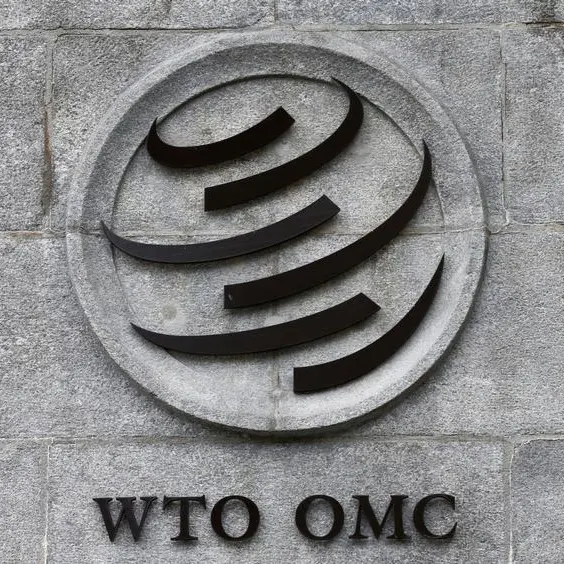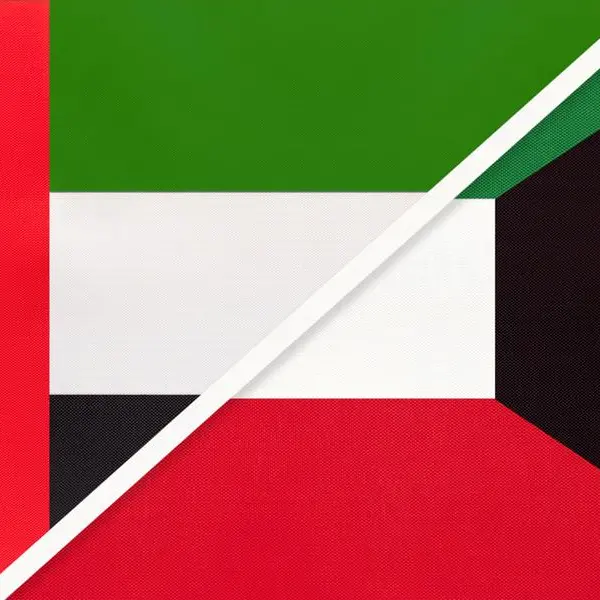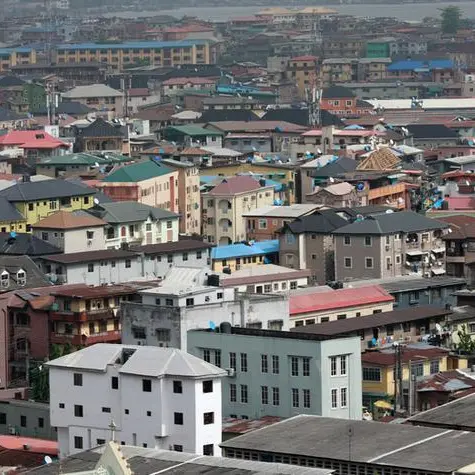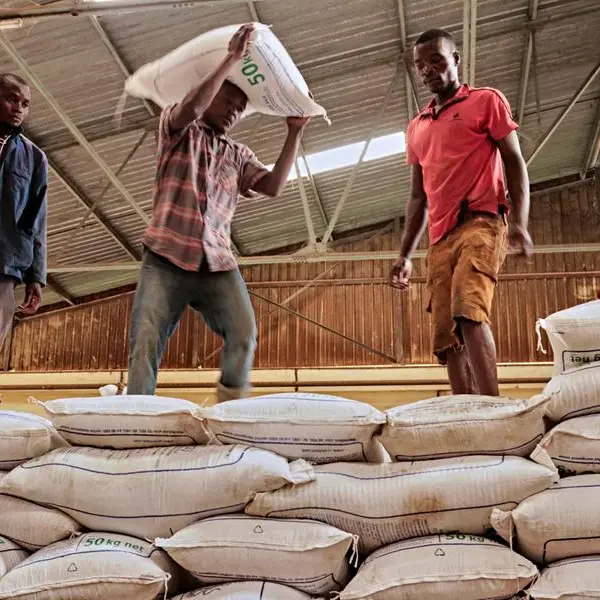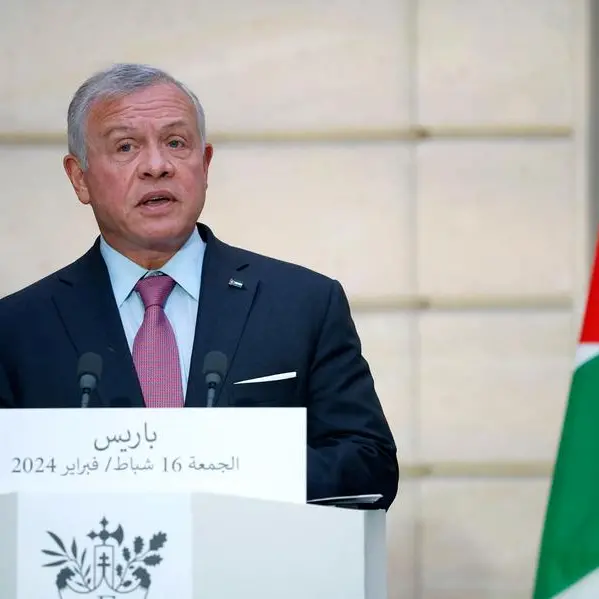PHOTO
Turkey’s official opening of the Ilisu Dam on the Tigris River in the first week of November, as part of its Southeastern Anatolia Project, known as GAP, reveals Ankara’s intent to employ water as a political tool in a dangerous game of competition for power and status in the Middle East. The Turkish mega-dam is part of the GAP project, which consists of 22 dams — 14 on the Euphrates River and eight on the Tigris — and dozens of hydroelectric power plants. The GAP project will drastically restrict the amount of water flowing to Iraq and Syria.
Turkey’s dam-building policy reflects an early understanding of the nature of coming conflicts, especially in the region, where water is set to be a key factor. Ankara is also aware that the elements of power that allow countries to compete, maximize their influence, exercise a broader regional role and even secure a leadership position in the region are set to change. Controlling water will be one of the tools that will enable it to have a far wider and more prominent regional role, and to impose its economic and political will over the entire Middle East, with ideological disputes set to take a back seat in favor of water wars.
Despite the GAP project’s role in supporting development in Turkey, the Turkish policy of monopolizing and controlling water resources fails to consider the interests of neighboring countries in accordance with the principle of equitable and reasonable utilization of water, as stated in the UN’s Watercourses Convention, which was adopted in 1997. Any battle over water will lead to a devastating conflict in the region, given the potentially catastrophic consequences these dams will have for downstream countries such as Iraq and Syria, reducing the already low levels in the Tigris and Euphrates. These rivers are the main source of water for much of Iraq, particularly its wetlands.
Water experts speculate that the Ilisu Dam’s operations have reduced Iraq’s share of the Tigris River’s water by at least 60 percent, given its storage capacity of about 11 billion cubic meters. Its reservoir covers an area of 313 sq km. The dam’s waters will also flood more than 300 archaeological and historical sites. The new dam is the second-largest in Turkey behind the Ataturk Dam in terms of size; fourth behind the Ataturk, Karakaya and Keban dams in terms of energy production; and the largest dam for the production of hydropower on the Tigris. This will further exacerbate the already extreme water shortages in Iraq, intensifying the severity of the environmental and economic consequences — including the lack of arable land, the impoverishment of rural communities and migration from the countryside to cities as a result of high levels of salinity and drought, with increasing cases of poisoning and the total loss of fishery resources.
Iran, as always, involves itself in the Iraqi water crisis, using the supply of water as a leverage against consecutive Iraqi governments since 2003. It has frequently blocked the flow of water from its territories to Iraq, which makes up almost a third of Iraq’s water imports. On other occasions, Iran has diverted the course of water running from Iran into Iraq, providing it with further leverage to force the implementation of its sectarian objectives and expansionist schemes, given Baghdad’s centrality in Tehran’s expansionist strategy.
The Iraqi state and people have a fundamental right to the water supplies coming from Turkey and Iran because Iraq is a basin country, through which the waters of both the Euphrates and Tigris run. Iraq should have its rightful share of the water flowing from both countries in accordance with the principle of equitable and reasonable utilization of water resources. Politically, however, the issue has become subject to the balance of power rivalry among the parties involved.
Among the most bitterly ironic paradoxes is that Iraqi territory gained its original name, Mesopotamia (“land between two rivers”), because of the Tigris and Euphrates passing through this once grassy area, feeding it with water. Now, this country, which was home to one of the world’s earliest civilizations, is suffering increasingly critical water shortage problems due to the Turkish and Iranian policies implemented under the smokescreen of “exercising sovereignty.” At the current rate, Iraq could become a country without rivers by 2040, according to the forecasts of the Water Stress Index, which will further exacerbate the current, already severe Iraqi crises.
The Turkish and Iranian policies of monopolizing water resources and restricting their flow to the countries through which the two great rivers pass, such as Iraq, are wholly deliberate. These two countries are fully aware of the importance of controlling water as a vital element in the equations for power, influence and status in the region in the coming years. There is no doubt that this competition will reignite unrest and fuel tensions in this already-turbulent region, due to Turkey and Iran’s expansionist projects and historical ambitions.
This will, beyond doubt, spur some regional countries to enter into conflicts with others simply to ensure their own survival, with the results of such conflicts posing a threat to regional and international peace and security, making any attempts to confront the Turkish and Iranian destructive projects even costlier.
Both countries seek to assume the role of a preeminent regional power, but not based on a rational development-centered model that serves regional security and stability. Their destructive policies and misadventures will, no doubt, lead to human suffering in a region that is already experiencing much chaos and volatility.
- Dr. Mohammed Al-Sulami is President of the International Institute for Iranian Studies (Rasanah). Twitter: @mohalsulami
Copyright: Arab News © 2021 All rights reserved. Provided by SyndiGate Media Inc. (Syndigate.info).

